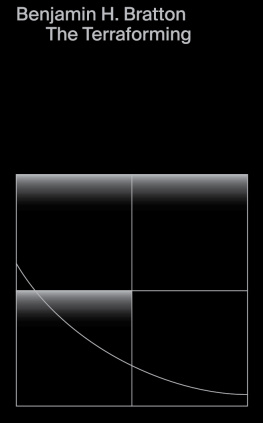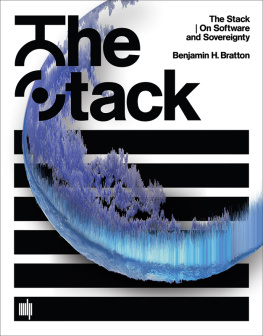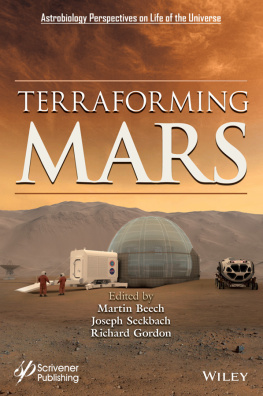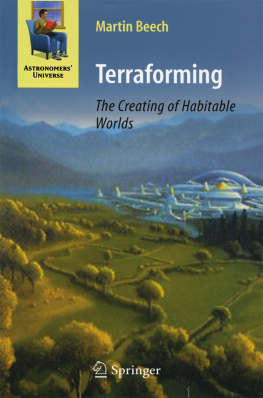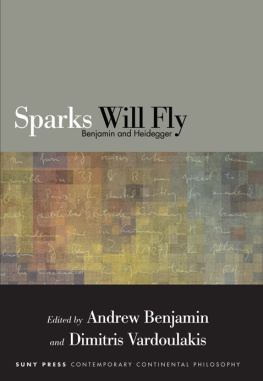The Terraforming
Benjamin H. Bratton
July 2019
For Sascha
PREFACE: THE TERRAFORMING
This short book was written in July 2019. Each titled paragraph can be read one at a time, but the sequence does matter. It is dense with ideas but each will be, I hope, expanded through The Terraforming urban design research program at Strelka Institute in Moscow.This book serves as its opening brief, manifesto, salvo. It is a polemic against dominant modes of planetarity and to inadequacies in how critical philosophy and design seek to confront them.
The title refers both to the terraforming that has taken place in recent centuries in the form of urbanization, and to the terraforming that must now be planned and conducted as the planetary design initiative of the next centuries. The term terraforming usually refers to transforming the ecosystems of other planets or moons to make them capable of supporting Earth-like life, but the looming ecological consequences of what is called the Anthropocene suggest that in the decades to come, we will need to terraform Earth if it is to remain a viable host for its own life. The next Strelka education program will explore the implications of this proposition for urbanism on a planetary scale, a venture that is full of risk: technical, philosophical, and biological. To do so means neither a blank-page reset nor risk-mitigating incrementalism, but a projective encounter with uncannily superfunctional necessity.
The research program will consider the past and future role of cities as a planetary network by which humans occupy the Earths surface. Planetarity itself comes into focus through orbiting imagining and terrestrial modeling media (satellites, sensors, servers in sync) that have made it possible to measure climate change with any confidence. We will explore a renewed Copernican turn, and how the technologically-mediated shift away from anthropocentric perspectives is crucial in both theory and practice. Any Copernican turn is also a trauma, as Freud once suggested, but this one demands from us more agency, not less.
The implications of this shift for urban planetarity are perhaps counter-intuitive. Instead of reviving ideas of nature, we will reclaim the artificial not as in fake, but rather designed as a foundation which links the mitigation of anthropogenic climate change to the geopolitics of automation. For this, urban-scale automation is seen as part of an expanded landscape of information, agency, labor, and energy that is part of a living ecology, not a substitute for one. As such, the focus of urban design research shifts toward the governance of infrastructures that operate on much longer timescales than our cultural narratives.
What kind of urbanism will the program propose? An urbanism that is pro-planning, pro-artificial, anti-collapse, pro-universalist, anti-anti-totality, pro-materialist, anti-anti-leviathan, anti-mythology, and pro-egalitarian distribution. It starts with a different set of assumptions: the planet is artificially sentient; climate collapse mitigation and pervasive automation can converge; the concept of climate change is an epistemological accomplishment of planetary-scale computation; automation is a general principle by which ecosystems work; necessary fundamental shifts in geotechnology are likely to precede necessary fundamental shifts in geo-politics; surveillance of carbon flows is a good thing; energy infrastructures based on long-term waste cycles are desirable; the ecological cost of culture is greater than that of science; planetarity requires philosophy in and of outer space; speculative design must focus on what is so deeply functional as to be unlikely; and that, finally, the future becomes something to be prevented as much as achieved.
Our research is prefigurative, but more so as simulation than symbolic performance. It aims to contribute to a viable plan, but also to the refusal of bad ones if necessary. That said, we bet that what may seem like the obvious and assuredly good position is, in fact, probably not. The program is based in Moscow and the vast and quickly changing expanse of Russias territory is our site condition. From here, we look out into space, and from space back down to Earth to orient what planetarity should mean. The questions of geotechnology, geoeconomics, geonomos, and geoecology are situated between the world as it appears to us and how we appear to the world as it gazes back at us through the technologies weve made.
BLACK STAR
The naive American contemplates the sky;the Russian, or at least that Russian, settles in the sky, and contemplates the Earth.
Chris Marker on Tarkovsky (1999)
BLACK STAR
Perhaps to our shame, there was never a grassroots campaign asking the question: Why havent we seen a photograph of a Black Hole? Nevertheless, one appeared in 2019 and immediately took its place among a small group of the most significant images made by human technology. But for what are these images significant, and how so? The darkness of a black hole is absolutely empty, so part of what makes this image significant is that it signifies true nothingness.
THE PLANET IS THE CAMERA
The thing we see as an image was constructed from data produced not by a conventional camera, but by Event Horizon, a network of telescopes harmonized to focus on the same location at the same time. The resolution of any image depends on the aperture of the camera, and this noncontiguous perception engine linked telescopes from Greenland to Antarctica an aperture as wide as the Earth. To make this image, our planet itself became the camera, peering out and looking back in time at ancient light that traveled to Earth indeed, in this case looked out at time. Locally, the eight sites of the Event Horizon array were locked into synchronization by a GPS time standard and after their scans, five petabytes of data were developed into the image of the black hole.
FROM VERNADSKY TO LAVOCHKIN
The Black Hole image is part of a lineage of astronomic imaging, always based in the folding of minerals into sensory media that render for us stunning pictures of our planetary perch and others besides. Central among these are multispectral images of Earths biosphere and technosphere and thereby the computational profiles that constitute climate science. The first image of Earth from space was taken in 1946 by the United States using a captured V2 rocket a sign of things to come. In the early- and mid-1960s, lunar orbiters sent back images of Earth as seen from the orbit of its moon. The Soviet Mars orbiters, Mars-2 and Mars-3, took images of the Red Planet in late 1971 and early 1972. The former crash-landed, becoming the first human artifact on Mars (the first human artifact on another planet was the Soviet Venera-3 probe, which crashed onto Venus in 1966). Mars-3 also sent down a probe which managed a soft landing and was able, perhaps, to transmit back an image of something . It is unclear as to whether the image received before the lander went offline is of the Martian horizon, a sandstorm, or simply an interesting smear of black and white noise. Such is the apophenia of astronomic remote vision. If it was a picture of Mars, then this would beat Viking 1s very clear images from the surface of Mars by four years. If not, then Venera-9, having successfully landed on Venus in 1975, sent back what would still be the first images from the surface of another planet.
THE OVERVIEW EFFECT
The most literally iconic images of Earth from space come from the Apollo program: Earth Rise and Blue Marble . In 1972, astronaut Harrison Schmitt pointed his camera box out the window of his Apollo 17 spacecraft and took several images, one of which became Blue Marble an image that would later adorn a billion t-shirts. In addition to providing a visual identity for the nascent ecological movement, it symbolized what Frank White would later term the overview effect: a numinous feeling of profound awareness felt by many who have experienced spaceflight and seen the entirety of our pale blue dot all at once. The geopolitical implications had been outlined in Spaceship Earth, Buckminster Fullers 1968 manifesto for a planetary planning regime (!), that would lend its name to a tourist attraction at Disney World by 1982. And so it goes.

